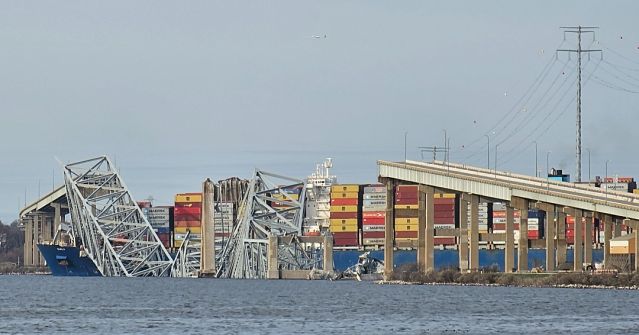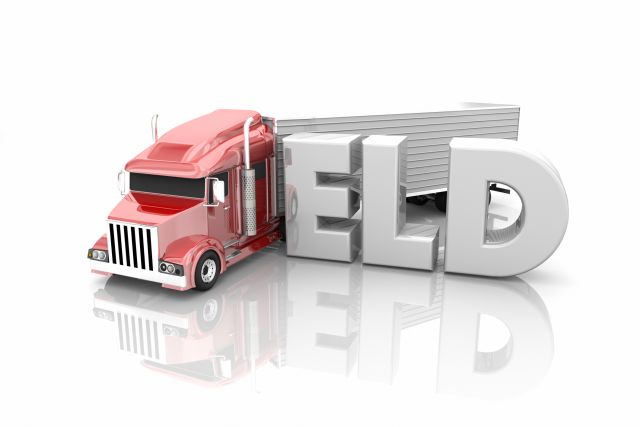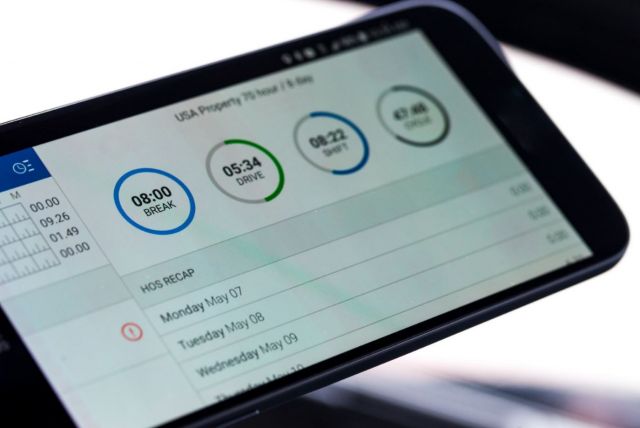There is no doubt that the growth of e-commerce has impacted the global economy. Consumers love the convenience that online shopping provides but for the transportation and logistics industry the rise of online purchases as brought on a number of changes.
E-Commerce Growth
Back in 1999, at the turn of the millennium, e-commerce accounted for less than 1% of total retail sales in the US. By 2017, e-commerce sales saw a massive 3,000% increased. Each year online sales grow, averaging an annual growth of 13-16% over the last five years. Comparatively, traditional retail sales have seen an annual growth of only 1-5%.
Many studies have focused on how e-commerce has impacted traditional retail sales, crediting online shopping with the decline of malls and massive chains retailers. It’s only recently that the focus has shifted to examining how e-commerce, and the influx of packages being shipped, has impacted transportation and logistics.
Retailers have become more flexible with how they transact with consumers, leading to the rise of the omni-channel model. This has resulted in decentralizing distribution and fulfillment networks. As inventory moves closer to consumers, distribution and trucking industries have had to adapt.
E-Commerce and Trucking
In retail today, consumers expect fast and efficient delivery. The rise of retailers promising quick shipments has impacted how the trucking industry operates. In 2017, “Last Mile Fulfillment Centers” represented 73% of the industrial real estate market in the US.
New research by the American Transportation Research Institute has highlighted how the growth of e-commerce is leading to an increase in the use of single-unit trucks. It’s also changed trucking routes and mileage. As more retails promise fast delivery, and more consumers expect it, intra-regional and last-mile truck trips increase. This has pushed down the average trip length of truckers by 37%.
This rise of e-commerce has had both negative and positive impacts on the trucking industry. Shorter and more centralized trips are highly appealing to the new generation of truck drivers. In the US, drivers must be 21 or older to complete cross-state trips, which means the high number of local e-commerce deliveries provides more job opportunities for this demographic.
There are some downsides to the rise of e-commerce though. Retailers are compressing delivery windows, carriers have to operate with faster turnaround times, and failure to meet these tighter windows, regardless of traffic and weather, can result in fines from the retailers.
While retailers are enforcing tighter and stricter delivery windows, overall e-commerce has been beneficial to trucking. Many of the top issues identified by truck drivers are positively impacted by e-commerce. Local hauls open up job opportunities for younger drivers and also increase driver retention, as localized trips are more appealing and sought after. Short-haul operations also not required to be reported on Electronic Logging Devices (ELD), allowing drivers to operate under more flexible hours of service regulations.
Final Thoughts
E-commerce has been growing steadily over the past two decades and shows no signs of slowing down. While its rise has certainly shifted how the transportation and logistics industry has operated, many in the trucking field see the changes as good. So far transportation companies have risen to the challenge. At Traffix, we’re always ready to adapt to changing client and consumer needs.
Feel free to contact us to learn how Traffix can help your company meet the demands of e-commerce deliveries!



